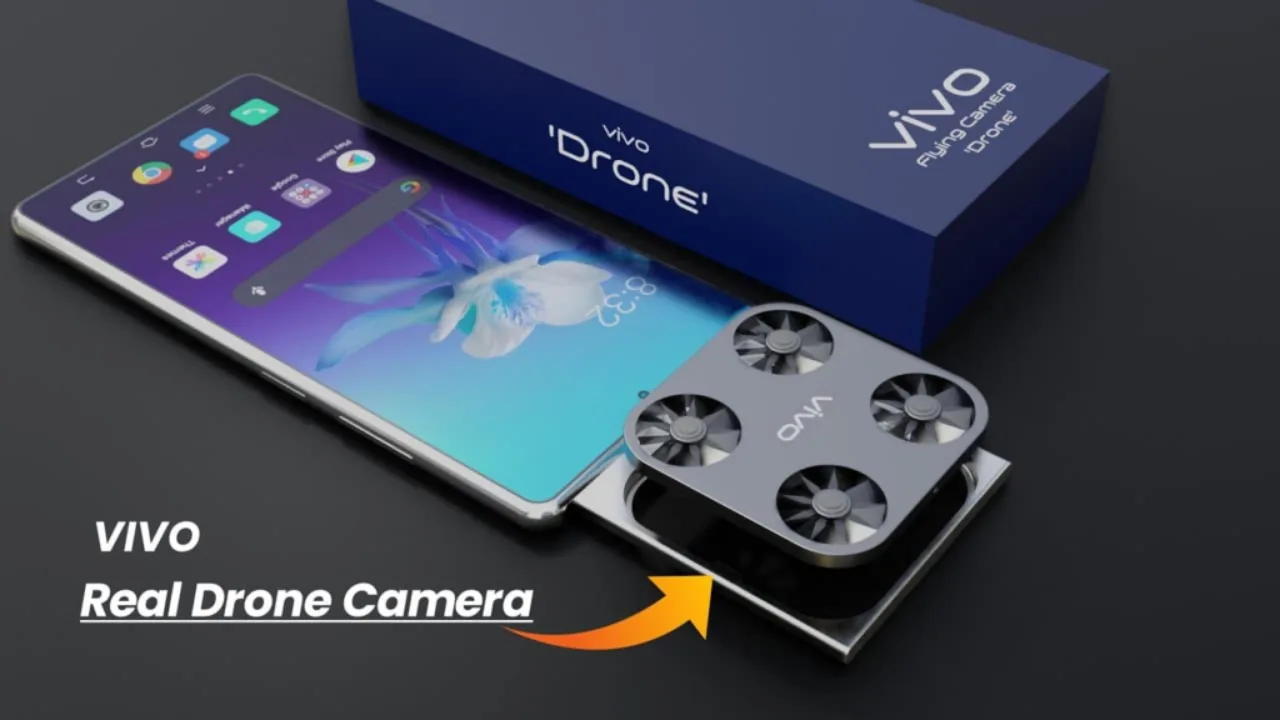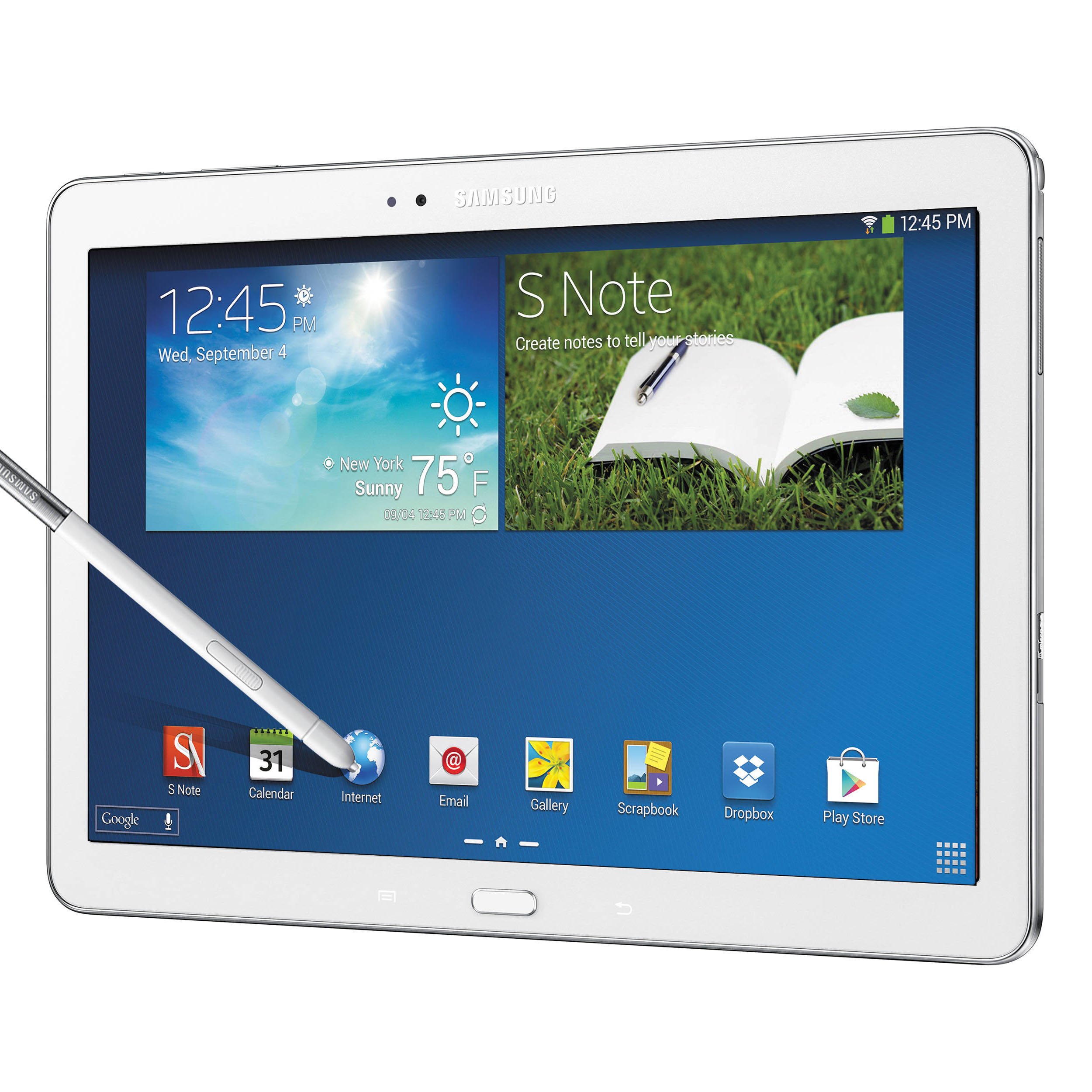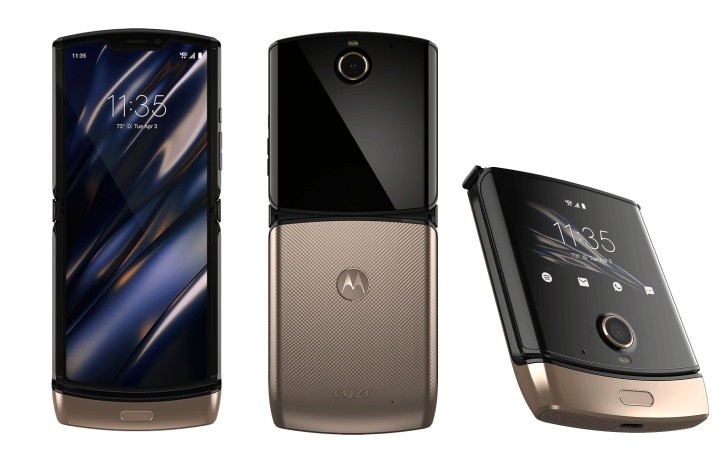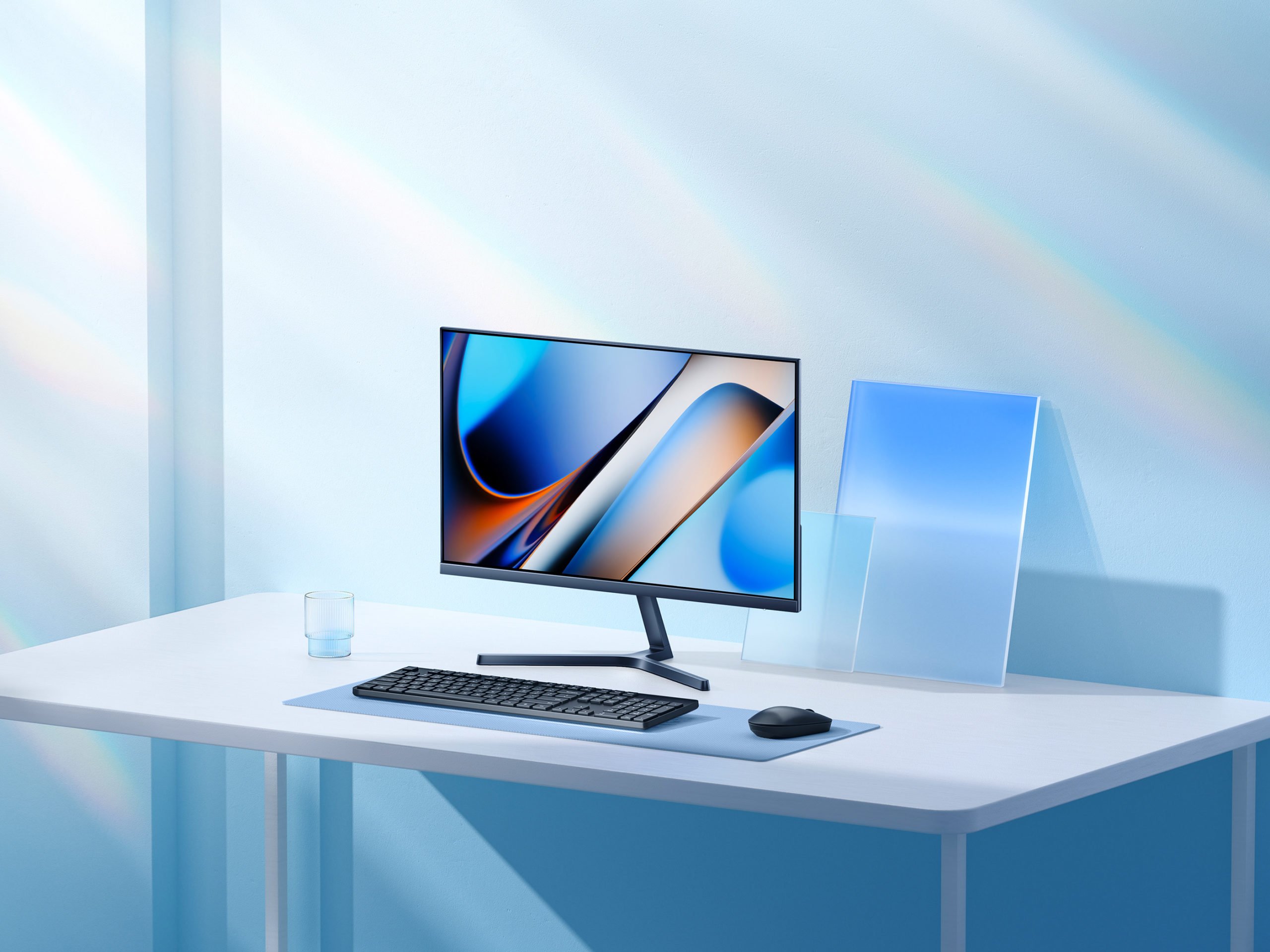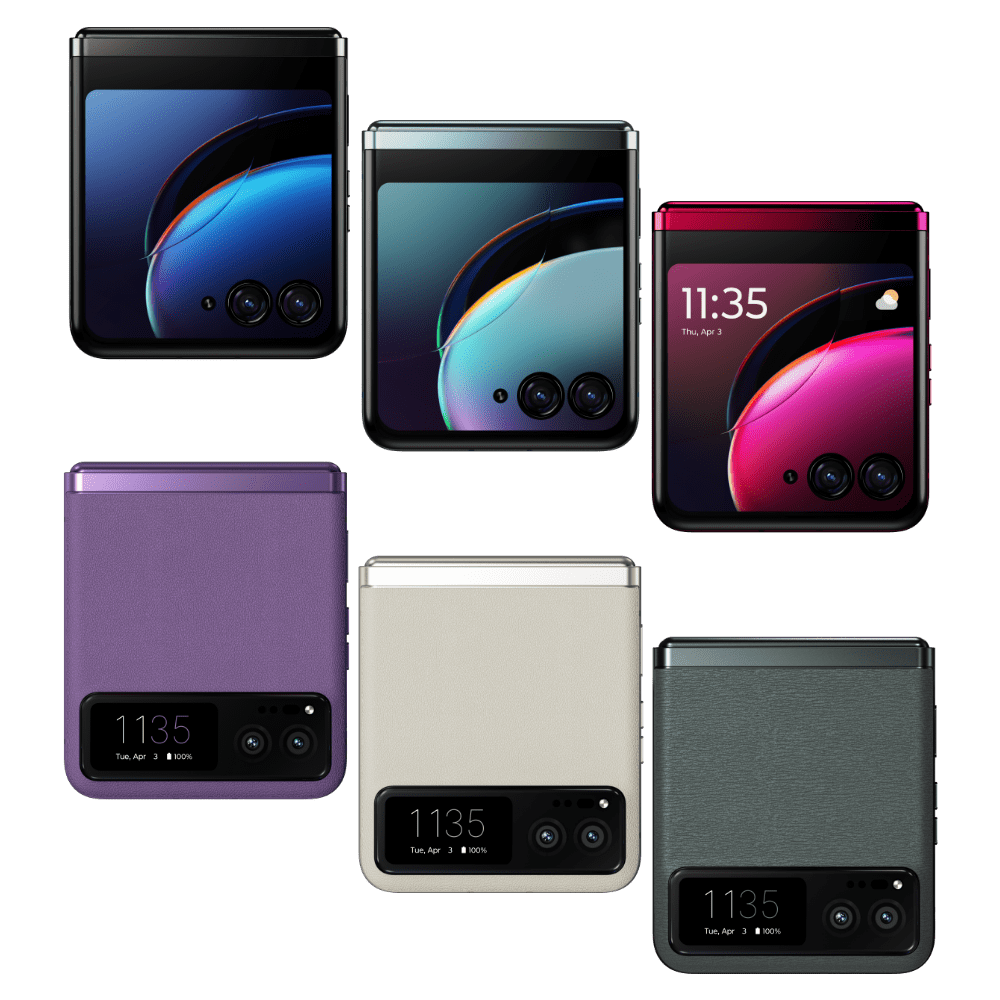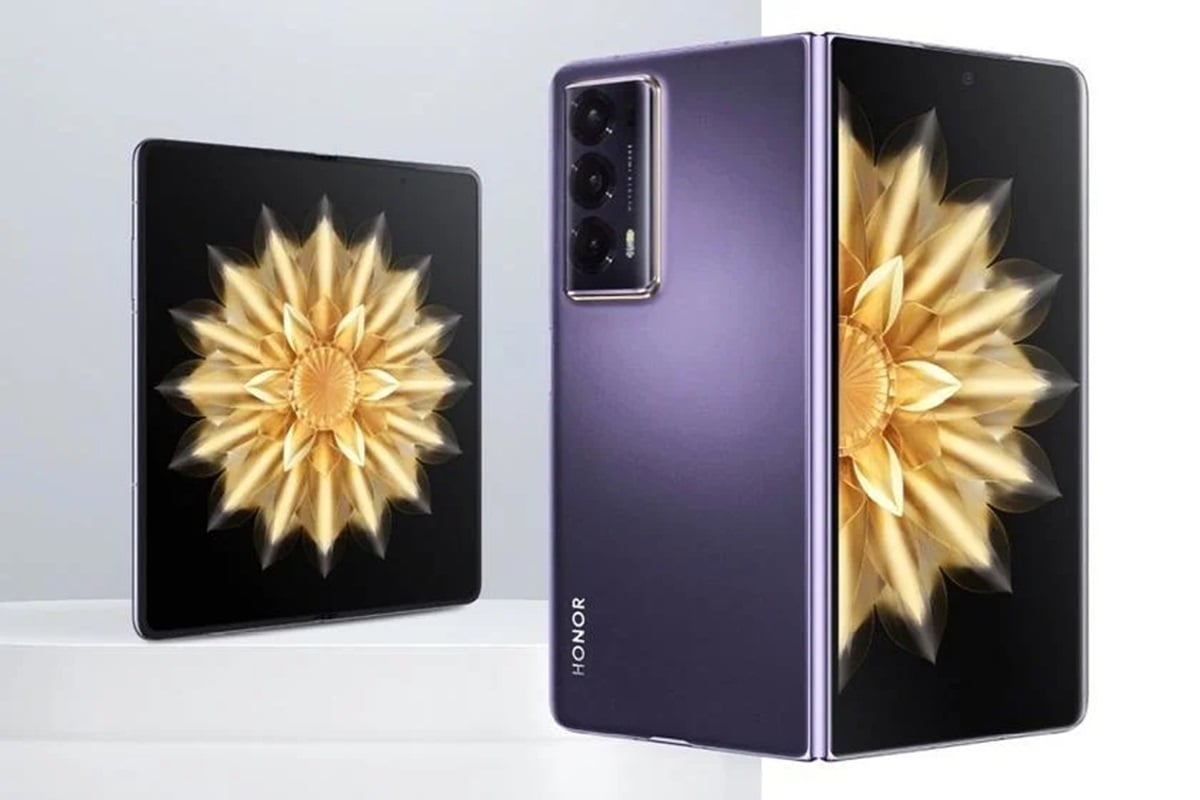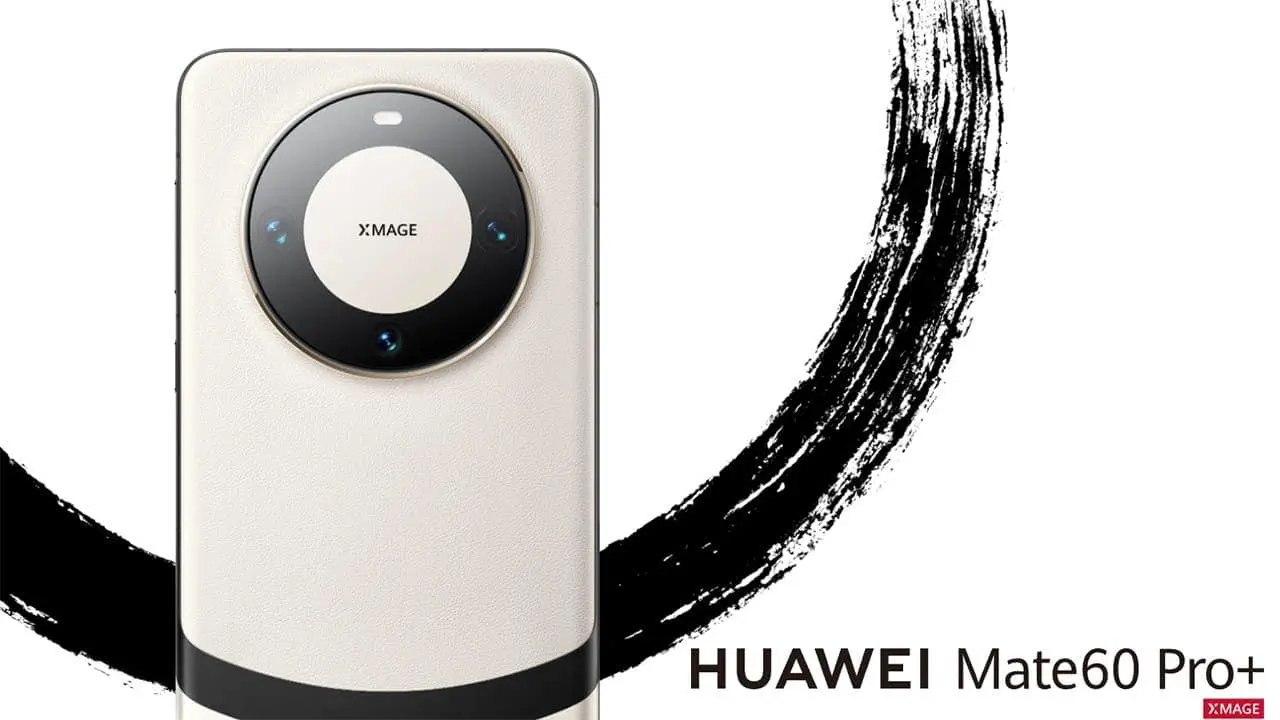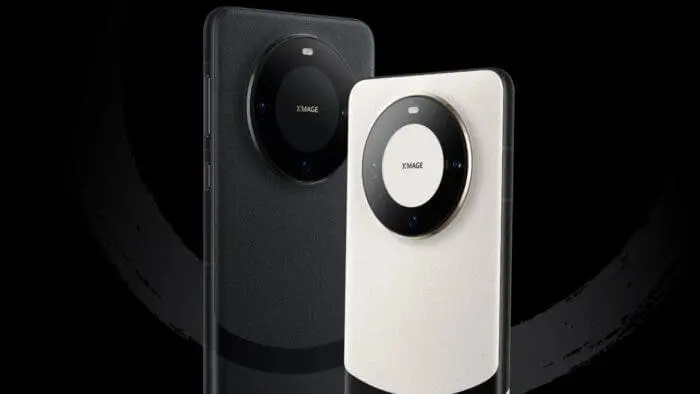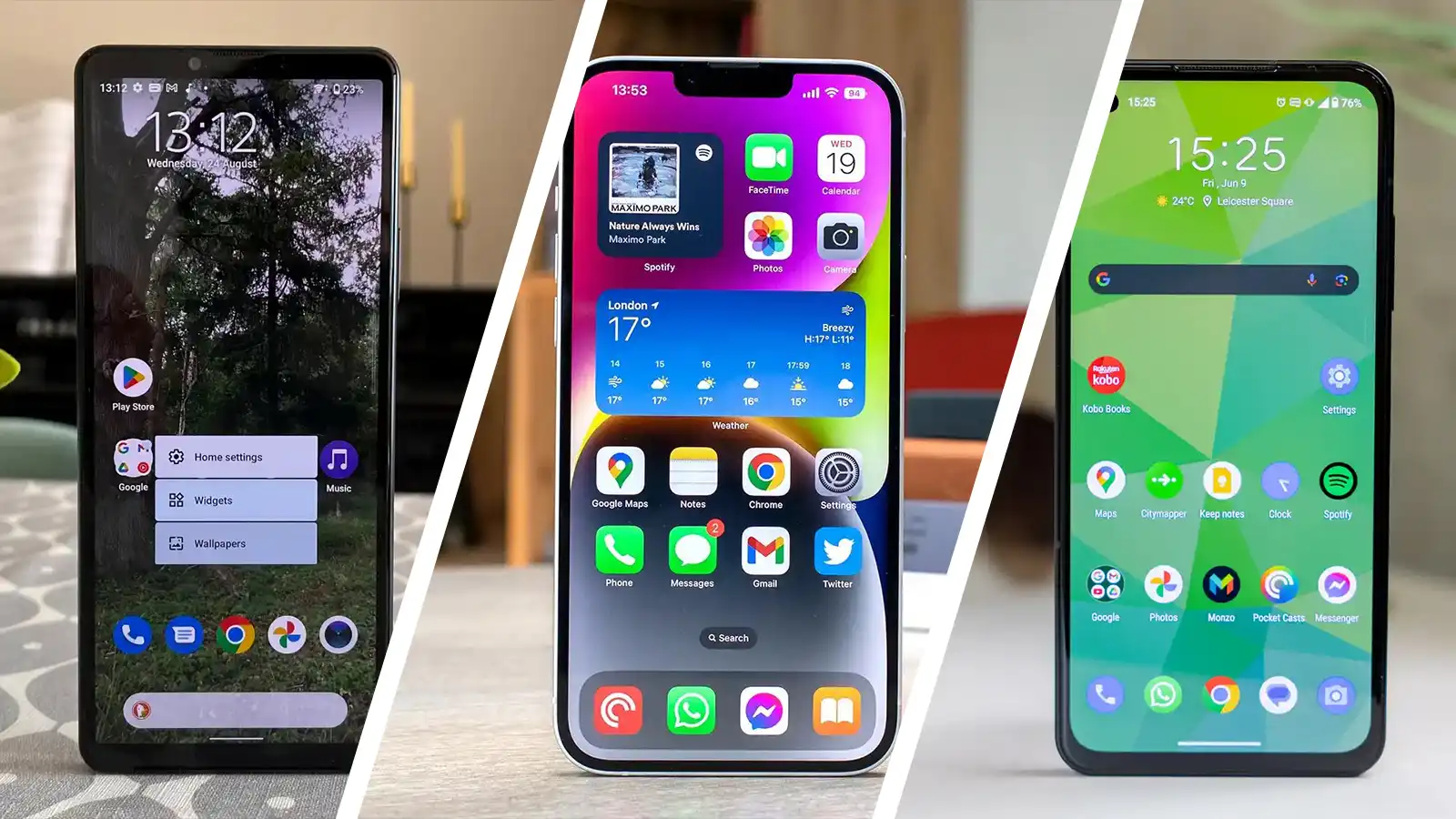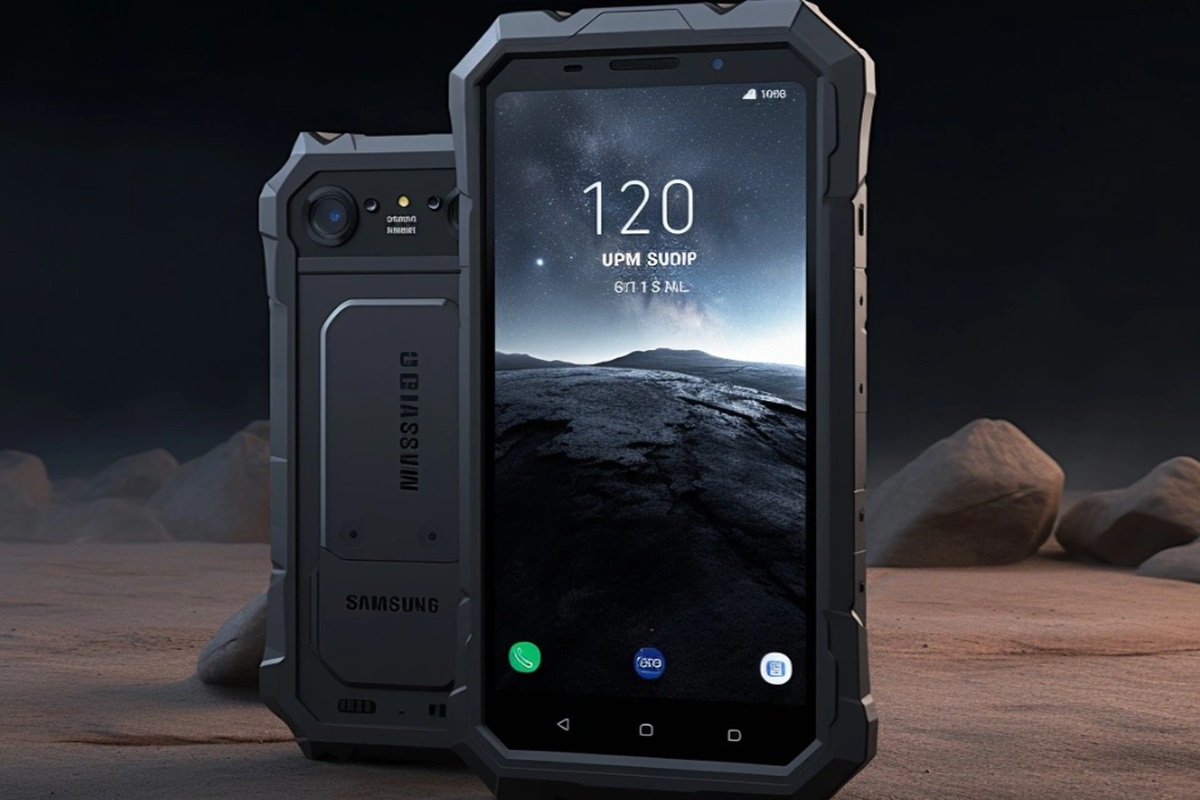The Motorola Edge 50 Neo has arrived in India, aiming to make a mark in the mid-range smartphone category. With its sleek design, strong specifications, and competitive price, it’s generating buzz. But does it truly stand out from the crowd? Let’s take a closer look at its key features to find out.
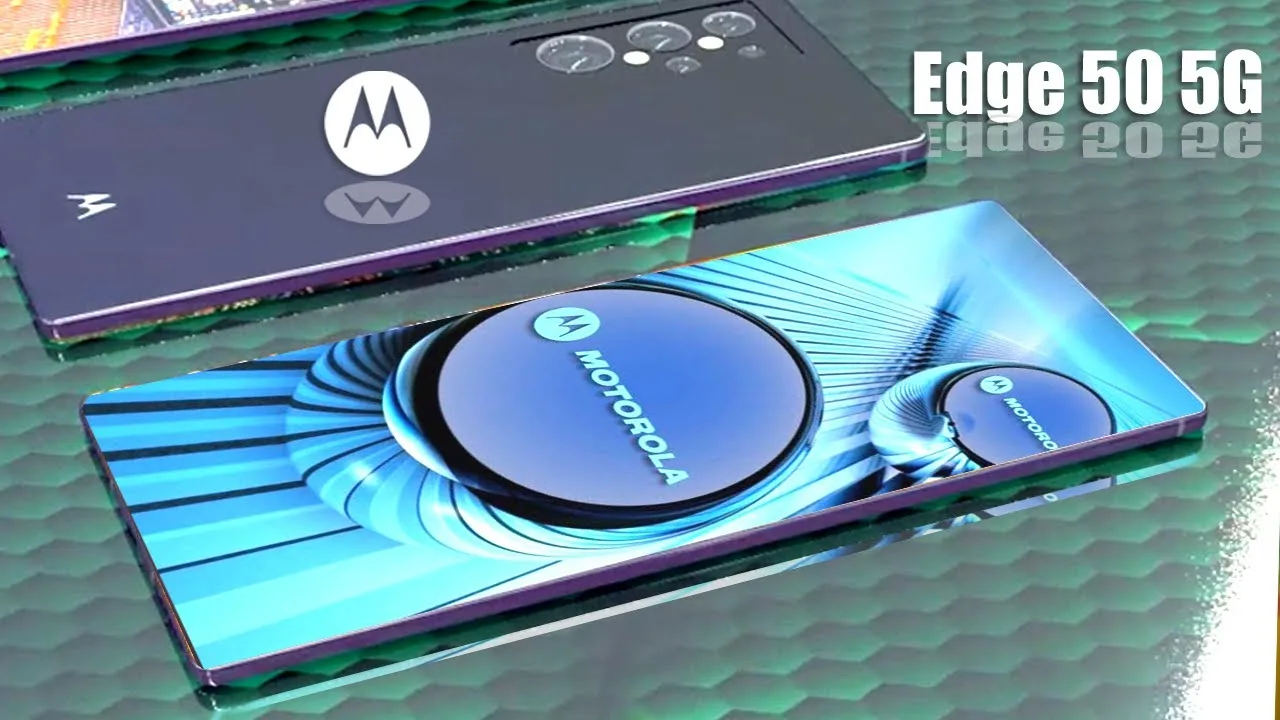
The Edge 50 Neo sports a large 6.67-inch pOLED display with a smooth 165Hz refresh rate, promising an engaging visual experience. The curved edges add a touch of sophistication, while the punch-hole selfie camera keeps distractions to a minimum. However, the phone’s plastic build might feel less premium compared to its glass-backed rivals.
MediaTek Dimensity 7200 processor combined with 12GB of RAM delivers solid performance for daily tasks and light gaming. While it may not match the performance of flagship devices, it ensures smooth multitasking and responsiveness. With 256GB of storage, there’s plenty of space for apps, media, and files.
The phone features a triple camera setup on the back, including a 108MP main sensor, a 13MP ultrawide lens, and a 2MP macro lens. Selfie lovers will appreciate the 32MP front camera. While the camera system may not offer the versatility of higher-end phones, it can capture decent photos in well-lit environments. However, low-light performance could be improved.
With a 5000mAh battery, the Edge 50 Neo promises long-lasting endurance, and the inclusion of 80W fast charging ensures quick recharges when needed. This combination is a major selling point for users who value battery life.
Running on near-stock Android 14, the Edge 50 Neo provides a clean and bloatware-free user experience. This results in smooth performance and timely software updates. However, some users may miss the additional features and customization options found in custom user interfaces.
Expected to be priced around INR 37,990 in India, the Motorola Edge 50 Neo offers strong competition in the mid-range segment. Its main strengths include its impressive display, smooth performance, ample storage, long battery life, and fast charging capabilities. However, the plastic build, limited camera versatility, and absence of features like an FM radio may deter some users.
So, who is the Motorola Edge 50 Neo for? If you prioritize a beautiful display, smooth performance, long battery life, and a clean software experience without breaking the bank, then the Edge 50 Neo is worth considering. However, if you’re a serious gamer, a photography enthusiast, or someone who values premium build materials and feature-rich software, you may want to explore other options.
